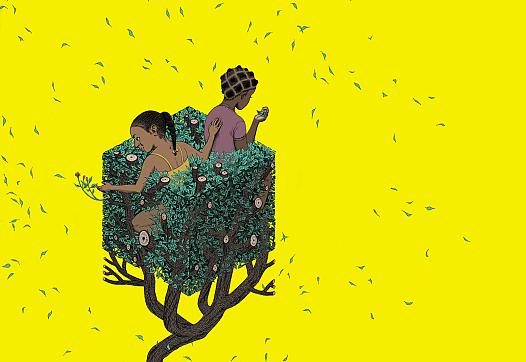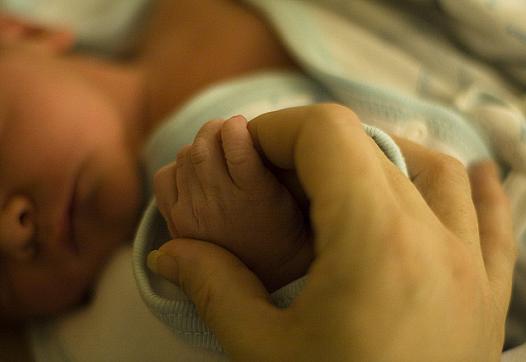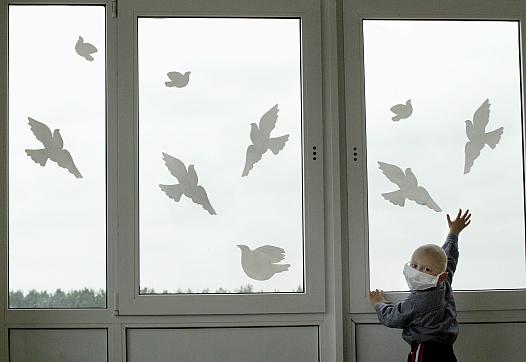
Parks can improve health and fight climate change. But not all parks affect a community the same way. Increasingly, activists and residents are asking the question, "Who's it for?"

Parks can improve health and fight climate change. But not all parks affect a community the same way. Increasingly, activists and residents are asking the question, "Who's it for?"

Over the past decade, study after study has shown that thousands of people who live within certain areas of Louisville don't have adequate access to food.

This reporting is supported by the USC Annenberg Center for Health Journalism Impact Fund.

The reporting is supported by a grant from the USC Annenberg Center for Health Journalism Impact Fund.

This work is supported by a grant from the USC Annenberg Center for Health Journalism Impact Fund....

This story was produced for the USC Center for Health Journalism’s California Fellowship.

While the genetic disease received widespread attention during the Civil Rights Movement, researchers and doctors say patients continue to suffer from a lack of adequate treatment.

This story was produced for the USC Center for Health Journalism’s California Fellowship.

In 2015, fewer than 10 percent of new mothers were screened for depression at Cedars-Sinai in L.A. Psychologist Eynav Accortt set out to change that.

A new study looking at survival rates of black, Hispanic and white children finds that racial disparities for some cancers can actually be explained by socioeconomic status.